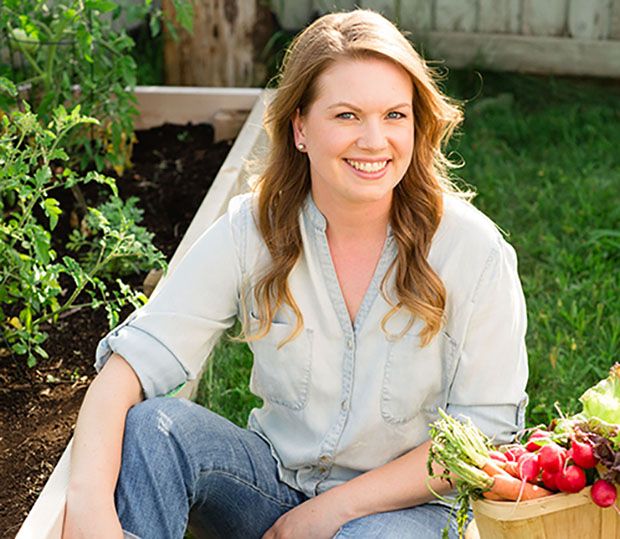A friend recently emailed me about her three year old, saying, “Help! My son has just found out that we eat animals. He’s sworn off meat until I promise ‘they’ won’t kill any more animals.”
I had to chuckle, but it’s a common quandary. Children tend to clue in at a certain age to the reality that their bacon and burgers once had tails and ears. Because I believe that (grass-fed, pasture finished) meat is part of a healthy diet, Danny and I have talked honestly with our kids about meat since they were two years old.
“Why?” is usually the first question from concerned (or just curious) little people. “Why do we kill animals?” or “Why do we eat meat?” Like any sensitive topic, it’s best to be straightforward and honest with your answers. Tell them the truth, and then let them decide. And decide they will!
I suggest beginning with a conversation on “food as fuel”, because it’s an easy concept for them to grasp. “Everybody eats” is another good approach, starting with the robin and the worm and moving up the food chain.
Children conjure up storybook settings for farm animals, and I believe these are the best images to encourage. Cows grazing on pasture, hens scratching in the yard – these are the kind of establishments we should be supporting anyway. If you can assure your children that the locally raised animals you choose to eat have led happy lives, that is a step toward earning their trust. Animals are not suffering for us; but when their time is up, well, such is the cycle of life.
One of the reasons we abstain from fast food chains is because the animals used for meat and eggs are often kept in inhumane conditions. As our children grow older, we will tell them more about feedlots and factory farms, and further introduce them to the farms and conditions we support instead.

Take time to convey your respect and appreciation for the animals. We’ve done so by explaining why we only eat meat 3-4 times a week and balance out our diets with legumes, eggs, and other proteins. We also use as much of the animal as possible. My boys see me making stock from bones, and as soon as they were old enough to understand, I explained that this was to ensure there was no waste on an animal that was harvested for our needs.
Read about others who raised food for basic survival, such as the Ingalls family in The Little House on the Prairie series. Explain that we just go about it in a different way now. Learn about how many people in other parts of the world hunt or fish for their basic needs. It doesn’t have to be such a foreign concept.
Don’t leave out the middleman, the butcher (when they are a little older you can explain about the abattoir). To my kids, this is the person who really turns the pig into bacon.
Children are naturally drawn to animals, especially the cute ones, so for some it may be a mindbender to find out we do indeed eat them. I’ve always explained that God made some animals as pets to love (cats, dogs, etc), some as wildlife to observe and marvel at (polar bears, elephants, etc) and some for our food needs. It helps to an extent, but kids will still put their own spin on things.
I still laugh about the time when we were expecting some very important company from out of town and I wondered aloud what to cook for dinner. Mateo practically leapt from his chair at the dinner table, waving his arms in the air and saying, “I KNOW! I KNOW! We could harvest a chicken for them!” Laughter rippled around the table as I thanked him for his suggestion, but advised him that we needed to keep ALL of our hens around for egg production.
His sentiment was not overlooked, however. For him, killing a chicken was an act of honour, for both the guest and the bird. Isn’t that a noble way to approach eating meat?



